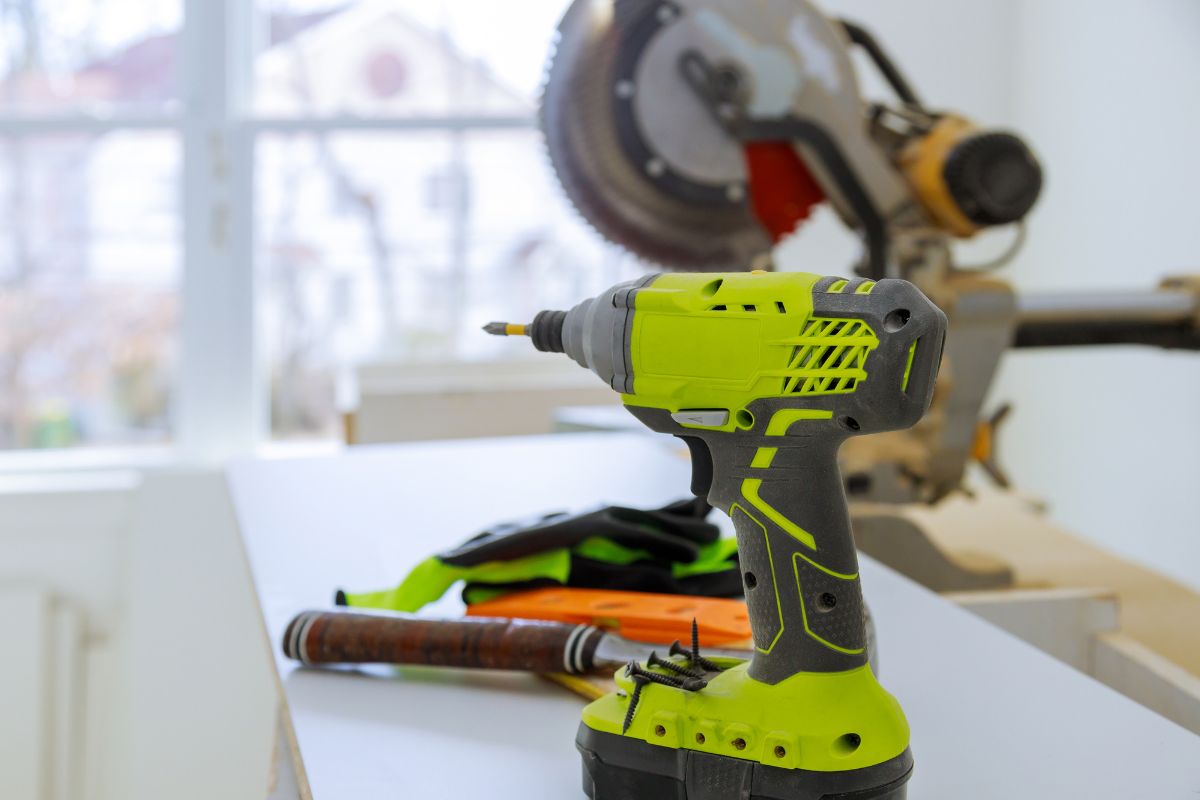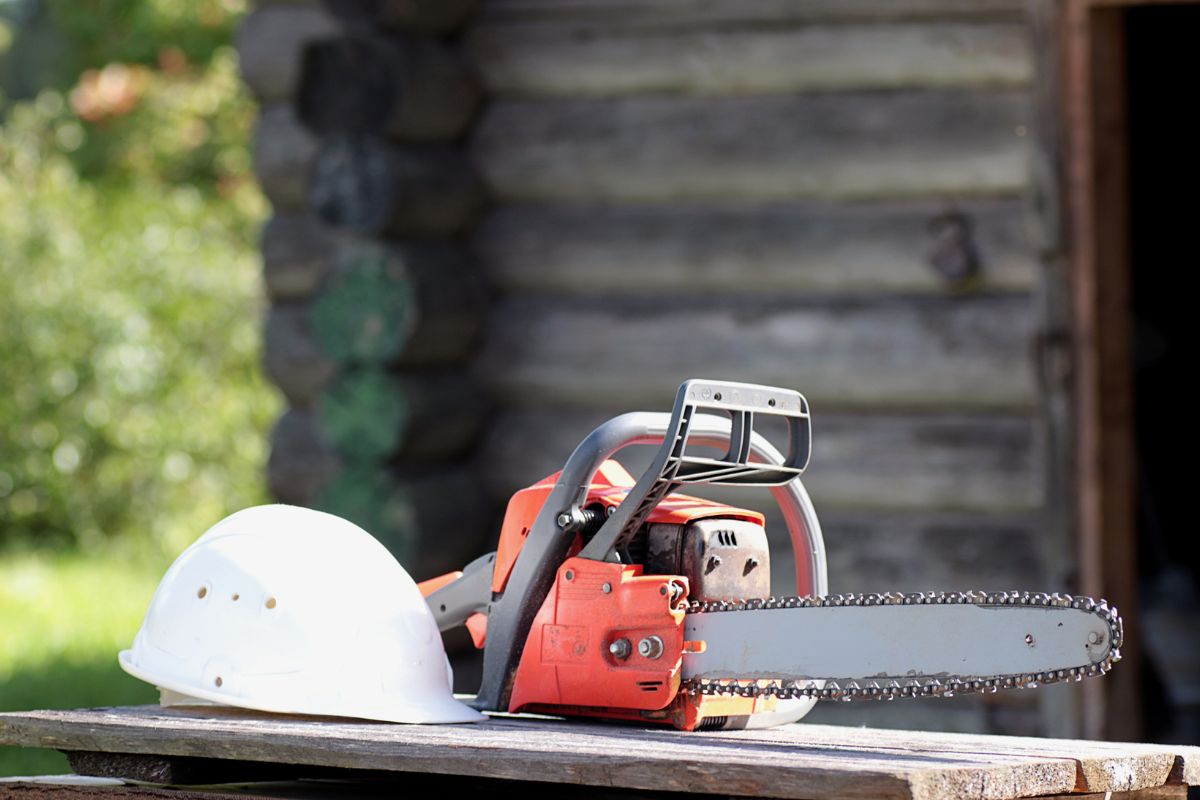Every do-it-yourself enthusiast understands the value of having trustworthy tools, and RYOBI power tools often top the list for home projects.
Even the best tools can encounter issues, but with the right approach, you can solve many of these problems yourself.
This guide is your go-to resource when you need troubleshooting for RYOBI power tools, ensuring you can return to your projects with minimal delay.
Post Contents
Understanding Your RYOBI Power Tools
To effectively troubleshoot your RYOBI tools, it’s crucial to understand that they are precision instruments. Regular maintenance prolongs their life and ensures they perform at their best.

Familiarizing yourself with your tools’ operating manuals is a great first step in understanding their specific care requirements.
Common Issues and Fixes
When it comes to troubleshooting RYOBI power tools, understanding the most common issues and their potential fixes is crucial.
Let’s delve deeper into these problems and how you can resolve them, ensuring your projects continue smoothly.
The Tool Won’t Start
This is perhaps the most immediate and frustrating issue you can encounter. Here’s a more detailed approach to tackling this problem:
Battery or Power Issues
For cordless tools, a non-responsive tool is often due to battery issues. Ensure the battery is properly charged and seated correctly in the tool.
Sometimes, battery contacts can become dirty or corroded, so cleaning them with a dry cloth might help. If the battery is old, it might not hold a charge well anymore and may need replacing.
For Corded Tools
Check the entire length of the power cord for any signs of damage, such as cuts or fraying.
Even a small break in the cord can prevent power from reaching the tool. Ensure the power switch is in good working condition; sometimes, these switches can wear out or fail.
Safety Features and Switches
Modern power tools are equipped with various safety features to prevent accidents. These can include safety switches, trigger locks, or power-on indicators.
Familiarize yourself with these features on your tool and ensure they are not engaged.
Additionally, some tools have a “soft start” feature, which might delay the tool’s start, so give it a moment before assuming it’s not working.
Loss of Power or Variable Speeds
When your tool starts up but then loses power or doesn’t maintain a consistent speed, it can be both perplexing and hindering to your work. Here’s what to check:
Vent Blockage
Power tools rely on proper ventilation to maintain their operating temperature. Dust and debris can block these vents, leading to overheating and reduced performance.
Regularly cleaning these vents can prevent such issues. Use a soft brush or compressed air to gently remove any blockages.
Worn Brushes
Carbon brushes are used to conduct electricity in tools with motors. Over time, these brushes can wear down, resulting in intermittent power or a complete lack of power.
Most RYOBI power tools allow for easy access to these brushes for inspection and replacement.
If the brushes are worn down to less than a quarter of their original length or if they have chips or cracks, they should be replaced.
Overheating
Overheating can shorten the lifespan of your power tool and affect its performance. Here’s what might cause it and how to fix it:
Continuous Heavy Use
Using a power tool for extended periods, especially under heavy load, can lead to overheating. Ensure you’re using the right tool for the job.
For heavy-duty tasks, make sure your tool is rated for such work. Giving your tool a rest after prolonged use can prevent overheating.
Blocked Cooling System
As mentioned, blocked vents can lead to overheating. However, inside the tool, dust and debris can also accumulate around the motor and other components, acting as insulation and trapping heat.
Periodically opening up the tool to clean these areas can help, but be sure to follow the manufacturer’s instructions to avoid damaging the tool or voiding the warranty.
Unusual Noises or Vibrations
Unusual noises or vibrations can be alarming and are often indicative of an internal problem. Here’s what you might encounter:

Loose Parts
Vibrations from regular use can loosen screws, nuts, and other fasteners over time. Check these components regularly and tighten them as needed.
If the tool has a chuck, ensure it’s tightened securely. A loose blade, bit, or chuck can not only cause strange noises but can also be dangerous.
Worn Components
Bearings, gears, and other internal components can wear out and cause the tool to make unusual noises or vibrate excessively.
If you’re comfortable and familiar with your tool’s internal mechanics, you can check these components for wear and tear.
However, for more complex issues, professional service might be necessary. Replacing worn-out parts can restore your tool to its smooth, quiet operation.
Understanding these common issues and their respective fixes ensures your RYOBI power tools remain reliable and ready for any project.
Remember, regular maintenance and keeping an eye on early signs of trouble can prevent many of these issues from becoming serious problems.
Maintenance Tips to Avoid Future Issues
Keep It Clean
The importance of keeping your tools clean cannot be overstated. Dust and debris can cause a multitude of problems, so make cleaning a post-use ritual.
Proper Storage
Storing your tools in a dry, temperate environment can prevent many issues related to humidity and temperature extremes.
Regular Check-Ups
Just like any valuable asset, your tools benefit from regular inspections. Check for signs of wear, and always ensure your blades, bits, and batteries are in good condition.
Lubrication is Key
Proper lubrication ensures your tool’s moving parts operate smoothly, reducing wear and tear.
When To Seek Professional Help
Some issues are beyond simple troubleshooting and require professional attention.
If your tool is under warranty, RYOBI’s customer service will help guide you through the warranty process or direct you to an authorized service centre.
For out-of-warranty tools, consider visiting a reputable local repair shop experienced in power tools.
Embracing The DIY Spirit
DIY is not just about creating and fixing; it’s about understanding and caring for your tools.
When you encounter issues, view them as learning opportunities to deepen your understanding of your RYOBI power tools.
Final Thoughts
Maintaining and troubleshooting your RYOBI power tools are essential skills for any DIY enthusiast.
This guide aims to empower you to tackle common issues confidently and keep your tools in peak condition.
Remember, a well-maintained tool is a dependable ally in all your DIY endeavors. So, armed with this knowledge, here’s to uninterrupted creativity and the satisfaction of solving problems with your own hands. Happy DIY-ing!





























